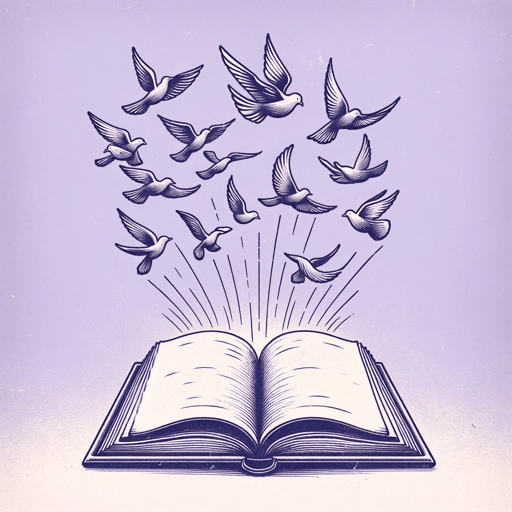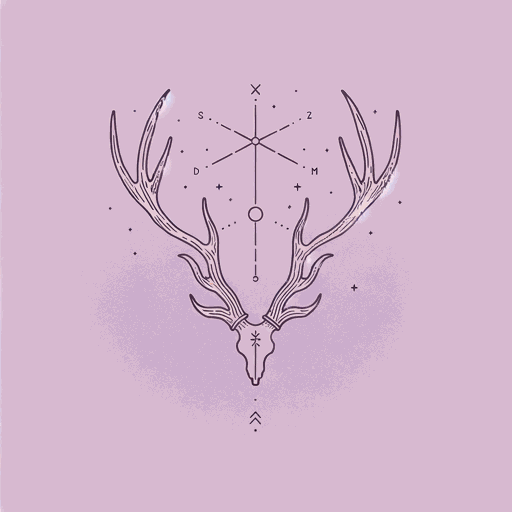45 pages • 1 hour read
Olga Tokarczuk, Transl. Jennifer CroftFlights
Fiction | Novel | Adult | Published in 2007A modern alternative to SparkNotes and CliffsNotes, SuperSummary offers high-quality Study Guides with detailed chapter summaries and analysis of major themes, characters, and more.
Summary and Study Guide
Overview
Flights, by Olga Tokarczuk, was published in 2007 in Kraków, Poland. It was translated into English in 2017 by Jennifer Croft and received the 2018 Man Booker International Prize. Olga Tokarczuk also won the 2018 Nobel Prize in Literature for her work with Flights. This literary fiction novel discusses themes of movement, travel, and writing’s role in preserving both human life and death. Flights combines the narrator’s travel writing fragments with fictional vignettes that explore the narrator’s observations through a specific character’s perspective.
Plot Summary
In Flights, the unnamed narrator combines a series of travel writing fragments with fictional vignettes. These vignettes center around characters based on either strangers that the narrator has met during her travels or on historical figures. Without distinct chapters, the text of the novel is broken only by the shift from fragment to fragment or from fragment to fiction. This allows the narrator to explore the dissolution of boundaries and of linear time—ideas that she has encountered at lectures given by travel psychologists at various airports around the world. The narrator discusses her own writing, the morality of telling stories, and those stories’ possible impact on a global capitalistic society with which she strongly disagrees; in her view, movement and curiosity are innate human impulses that modern society has suppressed. Both writing and constant travel allow the narrator to distance herself from the effects of modern society and live outside of its influences.
In her travel writing fragments, the narrator repeats the phrase “[e]ach of my pilgrimages aims at some other pilgrim” (19; first occurrence). The “pilgrims” associated with her destinations correspond to the anatomical and human curiosity exhibits she visits around the globe. The narrator is attracted to preserved organs and anatomical displays that feature differences from the average human form; her curiosity extends to the anatomists and scholars who developed the preservation techniques used in these exhibits. The narrator is most interested in the relatively new practice of plastination, a method by which the preserved organ or body retains a nearly lifelike appearance.
The narrator associates her curiosity about anatomical preservation with her writing practices, which seek to preserve people, both living and dead. Both anatomical preservation and preservation of identity through writing allow the narrator to reach a degree of immortality. Preservation also relates to travel because a preserved body, or the memory of a person in story, can travel to many different people.
The narrator captures this connection between preservation and travel with her fictional vignettes about people she has met in her wanderings. Each of these modern people encounters death, preservation, or travel in some way. The characters the narrator writes about include: Kunicki and his family; Eryk, the ferry boat captain; the anatomy scholar Philip Verheyen; Annushka, a mother; Charlotta, the daughter of a famous anatomist; a biologist working on ecosystem stabilization; and Karen, the wife of an influential professor. In some vignettes, such as the story of Eryk the ferry captain, the narrator reveals her presence in the scene as an observer. In others, it is unclear how the narrator met the characters she writes about or if their stories stand in for experiences she herself has had. In Kunicki’s vignettes as well as the vignette on the biologist, the main characters are from Poland, which connects them to the narrator and suggests these short stories might be about lives the narrator could have led.
The narrator’s character connects the travel writing fragments to her fictional vignettes. She uses the characters she creates to explore aspects of her personality or life philosophies that she mentions in the fragments; therefore, many of her characters demonstrate one or more of her own personality traits. In this way, Flights is an exploration into a single character through the lens of a community of others. This is significant given the narrator’s desire for anonymity and solitude. The narrator’s writing allows her to create the community she desires to be a part of, as well as to explore how to live outside of modern society. The influence of modern society never fully disappears, however, as the narrator often includes scenes of environmental degradation and pollution in her fragments.
Included among the narrator’s writing are maps taken from the Agile Rabbit Book of Historical and Curious Maps, published in 2005. These are historical maps or drawings that, while not directly related to the narrator’s writing, display the narrator’s interest in unusual representations of life.
Related Titles
By these authors
Featured Collections
Books & Literature
View Collection
Mortality & Death
View Collection
National Book Awards Winners & Finalists
View Collection
Nobel Laureates in Literature
View Collection
Popular Book Club Picks
View Collection
Popular Study Guides
View Collection
The Booker Prizes Awardees & Honorees
View Collection



